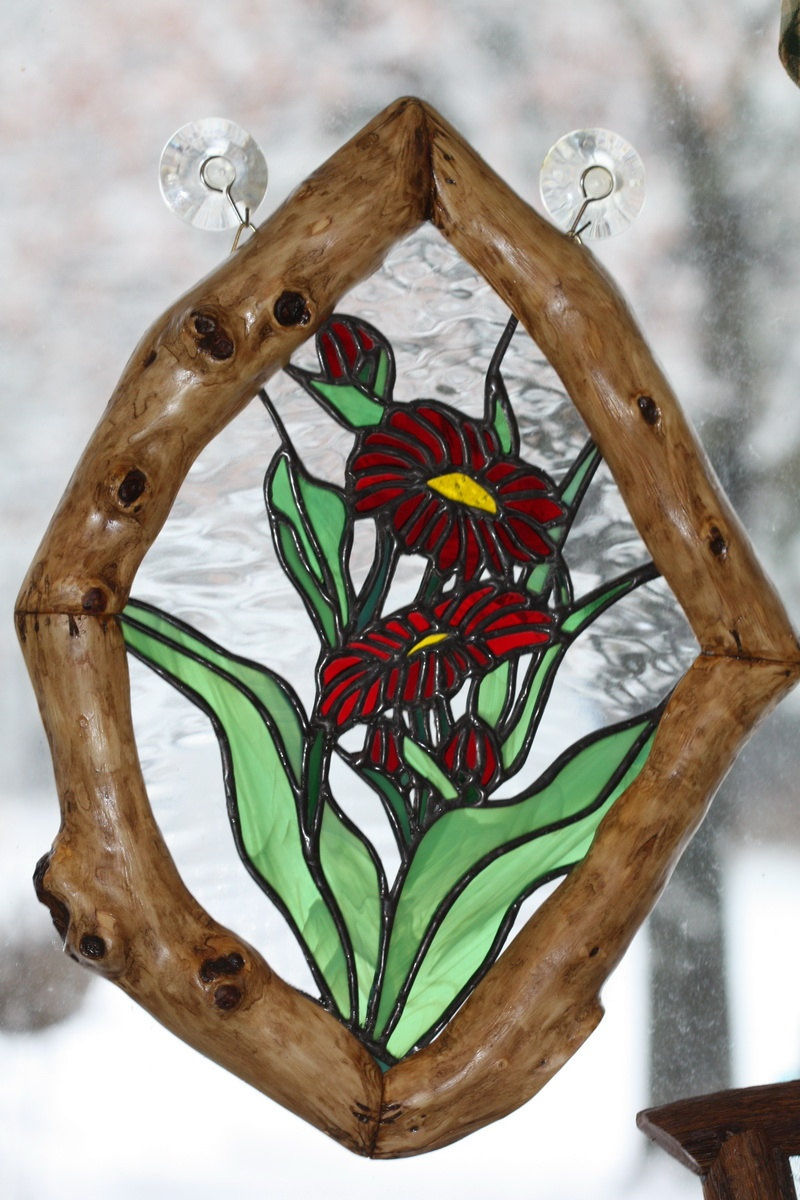Tools for Stained Glass Crafting: A Beginner's Guide
- Paul Urteaga

- Sep 6, 2023
- 3 min read
Updated: Aug 4
Tools Needed to Make Stained Glass
If you’ve ever asked, “What tools do I need to make stained glass?”—you’re not alone. Getting started in stained glass can feel overwhelming, especially with so many tools and techniques to learn. But don’t worry—this guide breaks down the essential stained glass tools you need as a beginner, making your entry into this creative craft much easier.

Whether you're a hobbyist or a DIY enthusiast dreaming of creating beautiful stained glass art, understanding the tools for stained glass crafting is the first step. While there are many tools out there (which we’ll cover in future posts), let’s start with the core trio every stained glass artist should have.
1. Glass Cutter – The First Step in Stained Glass Art
The glass cutter is one of the most important tools in stained glass making. It’s used to score glass with precision so it breaks cleanly along your intended line.
Typically, a glass cutter has a durable handle—wooden, plastic, or metal—and a small steel or tungsten carbide cutting wheel. To use it, simply grip it like a pencil, apply consistent pressure, and score a clean line across the glass. This creates a weak point that allows the glass to snap cleanly.
Tips for choosing a glass cutter:
For thicker or textured glass, use a heavy-duty cutter with a larger wheel.
For thin stained glass sheets, a lightweight cutter works best.
Practice is key! The more you cut, the more confident and precise you’ll become.
Using a high-quality glass cutter will make your stained glass projects more enjoyable and help you avoid costly mistakes.
2. Glass Grinder – For Smoothing and Shaping Edges
After cutting, you’ll need a glass grinder to refine the shapes of your glass pieces and smooth out any sharp or uneven edges. This electric tool uses a spinning diamond-coated bit to grind the glass safely and precisely.
Grinding allows for better fitting pieces, especially when creating intricate designs. It also helps ensure the copper foil or lead came wraps snugly around the edges, which is critical for soldering.
What to look for in a glass grinder:
A strong motor for efficient grinding
A diamond bit that can handle frequent use
A water reservoir to cool the bit and glass, extending the tool's lifespan
A good grinder is a game-changer in stained glass work, helping you shape pieces with accuracy and prevent cracking or chipping during assembly.
3. Soldering Iron – Bringing Your Glass Art Together
The final step in creating a stained glass panel is joining the pieces using solder. This is where the soldering iron comes in—a heated tool used to melt solder and bond your glass pieces together via copper foil or lead came.
Soldering not only holds your artwork together but also gives it that polished, finished look. The metal seams you see in stained glass windows? That’s all done with soldering.
Choosing the right soldering iron:
Look for a model made for stained glass soldering with adjustable temperature control.
Higher wattage (80W–100W) irons are ideal for larger projects or thicker lead.
A comfortable, ergonomic grip makes long sessions more manageable.
A quality soldering iron ensures solid, clean solder lines—vital for both durability and appearance in your stained glass creations.
Conclusion: Start Your Stained Glass Journey With the Right Tools
Getting into stained glass crafting is both exciting and rewarding. With just a few essential tools—glass cutter, glass grinder, and soldering iron—you can begin bringing your artistic visions to life.
There are many more tools and materials to explore, such as copper foil, lead came, flux, and stained glass patterns, which we’ll cover in future blog posts. For now, mastering these three core tools will give you a strong foundation in the stained glass hobby.
Thanks for stopping by! We hope this guide helped simplify your tool choices and sparked your creativity. Be sure to explore Caveman Glass’s Blog for more stained glass tips, free patterns, and in-depth tutorials.
Until next time—press on, friends!
👉 Visit Caveman Glass Blog for more stained glass resources and inspiration.




Comments